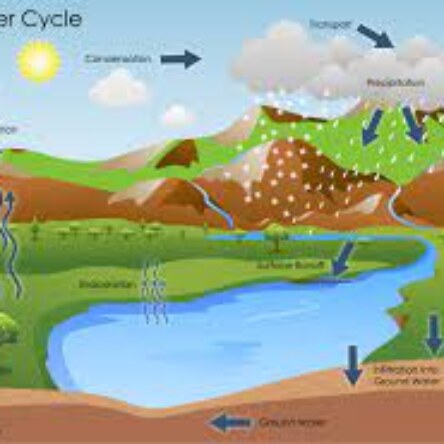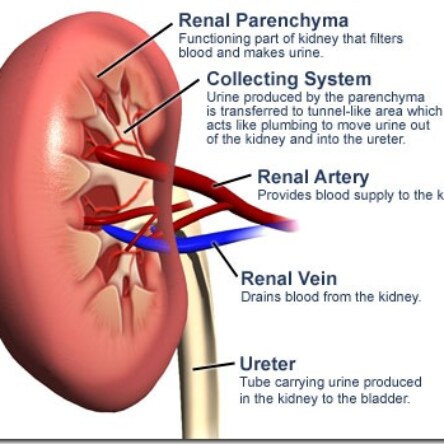How important is creativity in education?
Pratibha Devisingh Patil (born 19 December 1934), also known as Pratibha Patil Shekhawat,is an Indian politician and lawyer who served as the 12th president of India from 2007 to 2012. She was the first woman to become the president of India. A member of the Indian National Congress, she also servedRead more
Pratibha Devisingh Patil (born 19 December 1934), also known as Pratibha Patil Shekhawat,is an Indian politician and lawyer who served as the 12th president of India from 2007 to 2012. She was the first woman to become the president of India. A member of the Indian National Congress, she also served as the Governor of Rajasthan from 2004 to 2007, and was a member of the Lok Sabha from 1991 to 1996.Patil was born in a Marathi family on 19 December 1934 in the village of Nadgaon in Jalgaon, Maharashtra. She was the daughter of Narayan Rao Patil.She was educated initially at R. R. Vidyalaya town and subsequently was awarded a master’s degree in Political Science and Economics by Mooljee Jetha College, Jalgaon (then under Poona University), and then a Bachelor of Law degree by Government Law College, Bombay, affiliated to the University of Bombay (now University of Mumbai). Patil then began to practice law at the Jalgaon District Court, while also taking interest in social issues such as improving the conditions faced by Indian women.
Patil married Devisingh Ramsingh Shekhawat on 7 July 1965. The couple has a daughter, Jyoti Rathore and a son, Raosaheb Shekhawat, who is also a politician.In 1962, at the age of 27, she was elected to the Maharashtra Legislative Assembly for the Jalgaon constituency.[8] After that she won in the Muktainagar (formerly Edlabad) constituency on four consecutive occasions between 1967 and 1985, before becoming a Member of Parliament in the Rajya Sabha between 1985 and 1990. In the 1991 elections for the 10th Lok Sabha, she was elected as a Member of Parliament representing the Amravati constituency. A period of retirement from politics followed later in the decade.
Patil had held various Cabinet portfolios during her period in the Maharashtra Legislative Assembly and held official positions in both the Rajya Sabha and Lok Sabha. In addition, she had been the president of the Maharashtra Pradesh Congress Committee for a few years. Also, she held office as Director of the National Federation of Urban Co-operative Banks and Credit Societies and as a Member of the Governing Council of the National Co-operative Union of India.
On 8 November 2004 she was appointed the 17th Governor of Rajasthan,the first woman to hold that office.Patil was announced as the United Progressive Alliance (UPA) candidate on 14 June 2007. She emerged as a compromise candidate after the left-wing parties of the alliance would not agree to the nomination of former Home Minister Shivraj Patil or Karan Singh.Patil had been loyal to the INC and the Nehru–Gandhi family for decades and this was considered to be a significant factor in her selection by INC leader Sonia Gandhi, although Patil said that she had no intention of being a “rubber-stamp president”.
In the same month that she was selected as a member of the UPA, Patil was accused of shielding her brother, G. N. Patil, in the 2005 Vishram Patil murder case. Vishram Patil had narrowly defeated G. N. Patil in an election to be the President of the District Congress Committee of Jalgaon and in September of that year had been murdered. Vishram Patil’s widow eventually accused G. N. Patil of involvement in the crime and claimed that Pratibha Patil had influenced the criminal investigation and that the issue needed to be examined before presidential immunity became active. Her accusations were rejected by the courts in 2009but in 2015 G. N. Patil was charged. No reference to the alleged involvement of Pratibha Patil was made at this time.
Due to the presidential role being largely a figurehead position, the selection of the candidate is often arranged by consensus among the various political parties and the candidate runs unopposed.Contrary to the normal pattern of events, Patil faced a challenge in the election. The BBC described the situation as “the latest casualty of the country’s increasingly partisan politics and [it] highlights what is widely seen as an acute crisis of leadership”. It “degenerated into unseemly mudslinging between the ruling party and the opposition”.Her challenger was Bhairon Singh Shekhawat, the incumbent vice-president and a Bharatiya Janata Party (BJP) veteran. Shekhawat stood as an independent candidate and was supported by the National Democratic Alliance (NDA), a group led by the BJP,although the Shiv Sena party, which was a part of NDA, supported her because of her Marathi origin.
See less









Creativity in education is essential as it fosters critical thinking, innovation, and problem-solving skills in students, enabling them to adapt and thrive in an ever-changing world. Here's a breakdown of its importance: 1. Enhances Problem-Solving Skills Creativity encourages students to think outsRead more
Creativity in education is essential as it fosters critical thinking, innovation, and problem-solving skills in students, enabling them to adapt and thrive in an ever-changing world. Here’s a breakdown of its importance:
1. Enhances Problem-Solving Skills
2. Promotes Innovation
3. Boosts Engagement and Motivation
4. Develops Emotional Intelligence
5. Builds Confidence
6. Encourages Collaboration
7. Prepares for the Future
8. Improves Academic Performance
Practical Ways to Incorporate Creativity in Education:
By prioritizing creativity, education can equip students with the skills needed to navigate and contribute meaningfully to an increasingly dynamic world.
See less